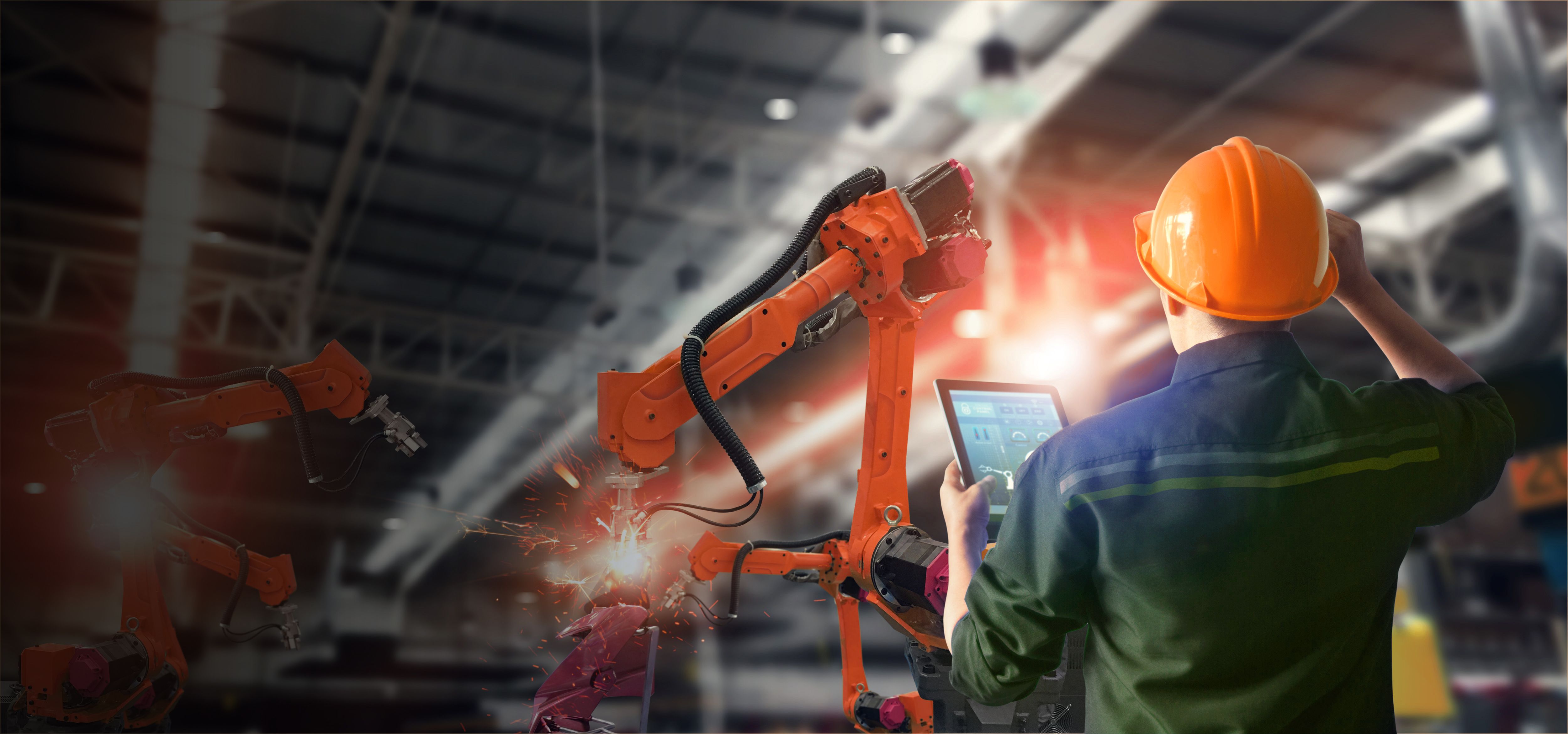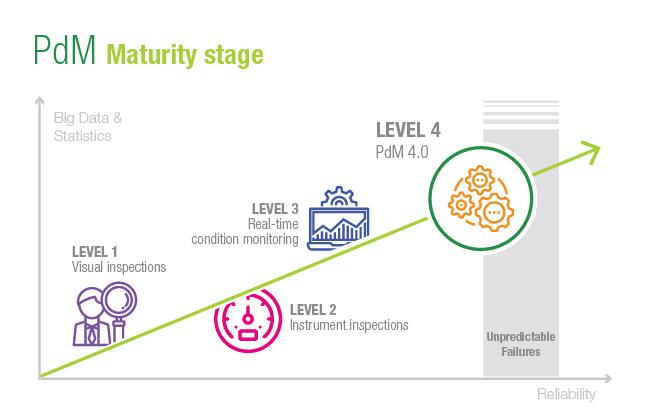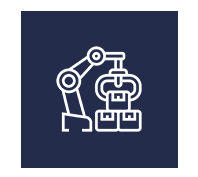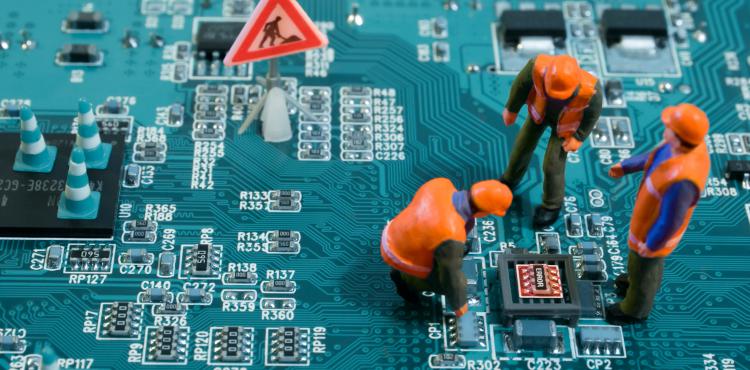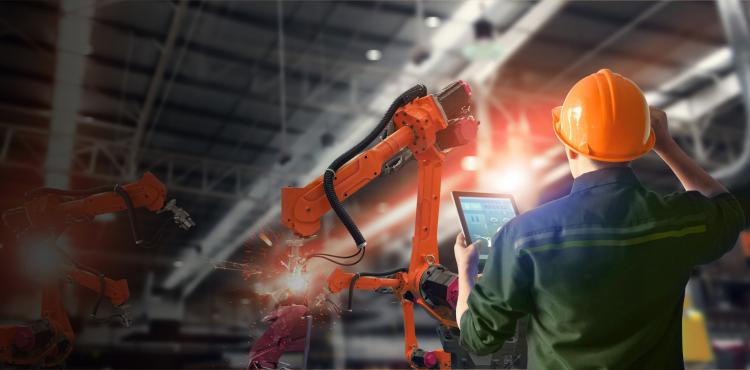In the maintenance of installations and machines, Industry 4.0 opens doors, allowing data to speak and supporting maintenance engineers in making maintenance decisions.
They must guarantee maximum uptimes of installations and machines, preferably also reduce costs, and at the same time, make sure that maintenance is carried out safely. It is therefore high time that we encourage the digital transformation of machines in order to meet these challenges. With the help of predictive analytics and IoT, among other things, we can predict the ideal time to perform maintenance, taking anticipated events into account. You can take a look into the future and decide what it will be yourself.
